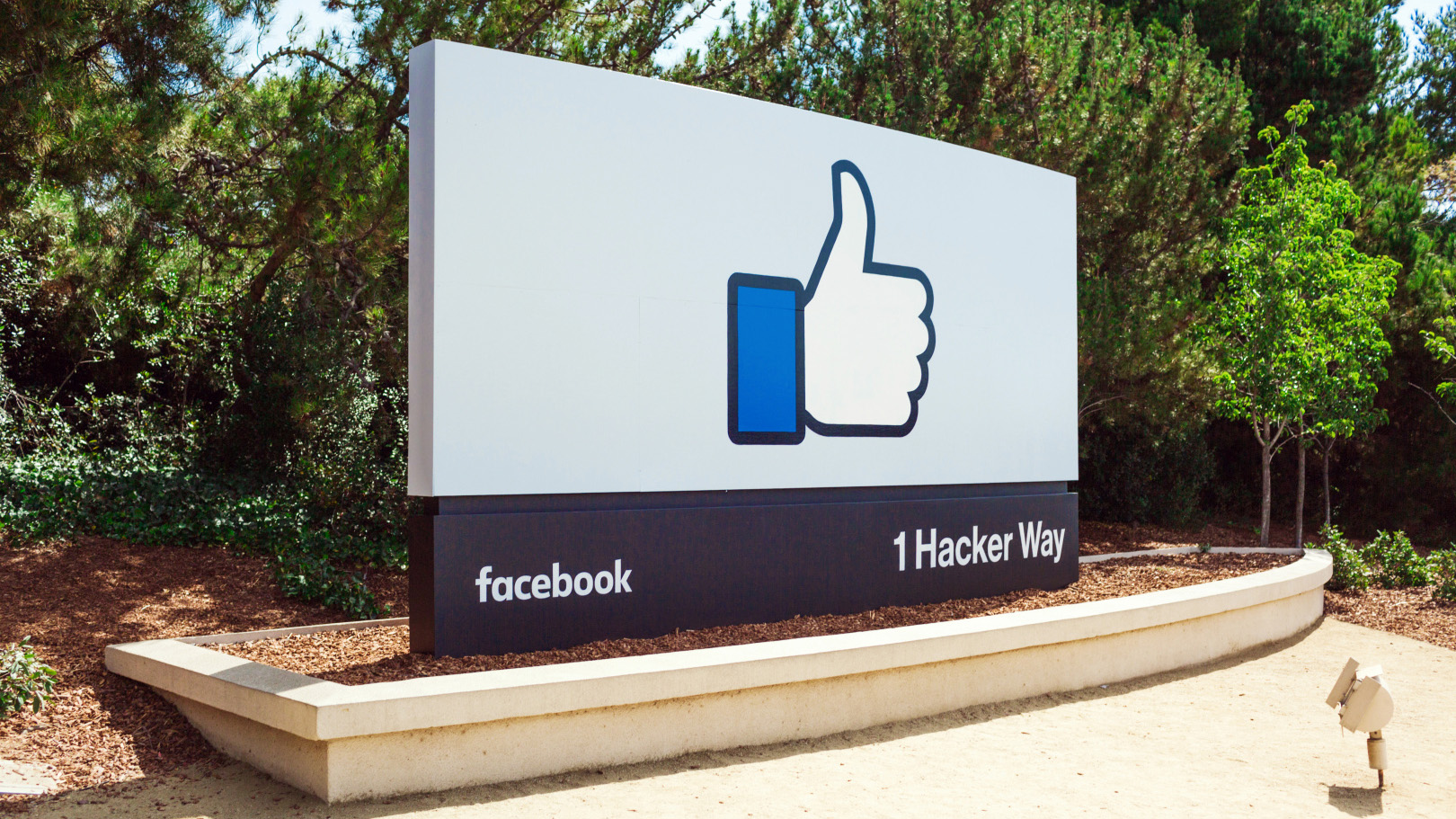[ad_1]

India is very important for Facebook. Mark Zuckerberg can go on-and-on about how much he wants to bring the power of connectivity to the downtrodden billions in India and offer them the opportunity to leave poverty behind. In fact, in his recently posted ‘long-term vision for Facebook‘, he writes about India; “beyond voting, the greatest opportunity is helping people stay engaged with the issues that matter to them every day, not just every few years at the ballot box”. This all sounds very noble and we Indians and our media are quick to glorify his grand vision – ‘connectivity is a human right’.
Now that India has finally overtaken the US with 241 million active Facebook users to become the platform’s largest country audience, it is important to understand the why India is so important for Facebook. To understand that we have to look beneath the surface, beyond Zuckerberg’s illusion of philanthropy. To put it in simple words, it is all based on purely business reasons – because the next big millions to the Facebook’s coffers will come from India.
By looking at Facebook’s first quarter results from 2015, it can be clearly inferred that Facebook earns, for the first time, more from overseas than the United States. While speaking to analysts on Facebook Earnings Call, Sheryl Sandberg, COO of Facebook, said that Facebook will be looking to leverage its advertisement potential from micro, small and medium enterprises clients in India. And importantly India is important for Facebook’s plan to increase overseas revenue.
The underlying factor behind this is the mammoth population India has. In May 2012, days before Facebook went public, its official filings contained what could be inferred as a faint warning about its future. After gaining users in Europe and America at an astonishing rate, its expansion was growing down, simply because Facebook ran out of new people to add.
With China still being the forbidden kingdom for Facebook, India with over 100 million users back in 2014 was easily identified as the potential market to add several million more users. With about 700-800 million potential users, India is seen as the next biggest opportunity for Facebook. Currently, the number of Indian active users stand at 241 million.
However, there was a major road block. Despite the presence of hundreds of million literate population in India, only a narrow portion of them had access to the internet and hence to Facebook. Since 2010, to overcome this hindrance, Facebook has been experimenting with ways to bring more people online. And the brain child of one of such experiments was the infamous internet.org.
On the surface, like every other Facebook’s noble philanthropic initiatives, Internet.org looked like a brilliant project for a great cause-provide free internet access to unconnected millions. Unfortunately, this free internet was essentially Facebook and a handful of other services picked by Facebook itself. Internet.org was, in fact, Facebook’s most concrete effort to become the gatekeeper to the internet for hundreds of millions of Indias who has never experienced the internet before. However, rising backlash from India’s tech community and TRAI’s ruling on net neutrality finally put the Internet.org to rest.
For Facebook, India is not just about expansion, but most importantly it’s about its future survival itself. The recent UN Population Fund report titled ‘ The power of 1.8 billion’ says that “there are more young people in the world than ever before, creating an unprecedented potential for economic and social progress”.
On the other hand, research firm eMarketer reported earlier this week that Facebook loss of young users in the US between the ages 12 and 17 has accelerated to 3.4% this year compared 1.2% the year before. Additionally, the growth rate of users in the age bracket of 12 to 24 years is also sharply declining.
With Snapchat about to overtake Facebook and its subsidiary Instagram in terms of number teenage users, Facebook is facing a serious demographic crisis in its user base, as young users remains an attractive destination for advertisers. And the key to Facebook’s effort to retain young users is, without a doubt, India with 356 million people between the age of 10 and 24. That is even more than China’s 269 million and way above the United States’ 40 million.
Facebook’s recent initiatives such as FBStart, which distributed over $20 million to mobile developers India, should be seen under this light. the latest of a series of India exclusive feature by Facebook- the profile picture guard, was aimed to add more young female users, who represented only 24% of Indian youth presented in the platform.
For tech giant like Facebook, it is easy to gift wrap its experiments and initiatives aimed at expanding its business as philanthropy. And sadly the Indian public and media often fail to understand the bigger picture. India is extremely important for Facebook’s future and to an extent, its own survival, from a pure business point of view. Not because Zuckerberg thinks “the Taj Mahal is even more awesome” up close than in photos.
[ad_2]
Source link
